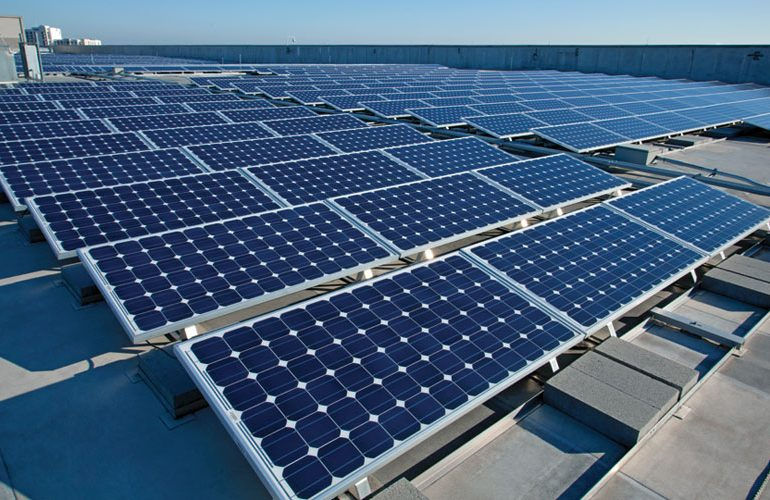Solar Energy and Solar Panels
- Reon Energy
- Jun 1, 2021
- 2 min read
The sun is a massive energy source that has vast resources that can create clean, non-polluting, and sustainable power, leading to no emissions of greenhouse gases. In recent times, it has been revealed that solar energy could be captured and conserved on a worldwide scale to ultimately displacing traditional energy sources. Solar energy is becoming increasingly important as the world shifts its attention to greener energy.
Turning to greener energy is the new and beneficial step to focus on these days. If you want to support the planet, Reon energy provides impeccable solar solutions to contribute to keeping the planet clean.
Weather’s Effect on Solar Energy
Weather patterns may influence the quantity of energy generated by a solar system, although not in the way you imagine.
Of course, ideal conditions for creating solar energy involve a clear, bright day. However, as with most electronics, solar panels are more effective in winter conditions than in hot weather. As a result, the panel may generate more power in much the same period of time. The panel creates a lower voltage and generates less power as the temperature increases.
How Exactly Do Solar Panels Work?
When photons strike a solar panel, they displace electrons from their atoms. An electrical circuit is formed when conductors are connected to the negative and positive sides of a cell. When electrons move via one such connection, electricity is produced. A solar panel comprises several cells, and many panels (components) can be interconnected to form a power generator. The more cells you can install, the more electricity you can create.
How is Electricity Generated by Solar Panels?
Photovoltaic panels generate direct current (DC) electricity. Electrons move in a single direction across a circuit with DC electricity.
Electrons travel from the battery's negatively charged pole to the battery's positively charged side via the lamp. Then, alternating current energy pushed and shoved them, switching direction regularly. When a wire coil is rotated adjacent to a magnetic field, it generates alternating current (AC).




Comments